UX Roundup: Why a Tiger? | Design Conference | AI Help Info | UX Degree or Keep Working? | AI Disinflation | IIT Top | AI Filmmaking | Hotshot AI Video
Summary: Why UX Tigers has a tiger brand | Major Design conference | Getting AI to provide help about itself | UX degree or keep working? | Disinflationary effect of AI | What happened to the top IIT students? | Progress in AI filmmaking | New Hotshot AI video-generation service
UX Roundup for August 26, 2024. (Ideogram) Go UX Tigers!
Why UX Tigers Has a Tiger Brand
I was recently asked why I publish so many tiger images and why my website, UX Tigers, has that name and logo. I am afraid the answer is not very exciting. Tigers are cool animals renowned for their strength and independence. I absolutely like the brand associations. But the main reason for the website name is that the domain name was available and that it’s short and easy to spell.
When I started writing for the Internet in 1995, even shorter domain names were still available, but that ship has sailed.
Tigers are strong, independent animals that don’t take directions from anybody. Good brand representatives for me. (Midjourney)
I considered naming my new website “Jakob’s Hammer” in homage to my Viking heritage, using an analogy with Thor’s hammer, which he used to fight the giants. But that was too metaphorical, and people notoriously can’t spell my name — not a good domain name component. (Midjourney)
Major Design Conference: ADPList’s “BeMore” September 18-19
There is a very exciting lineup for the BeMore design conference organized by ADPList on September 18-19. The conference is live with remote access on the Internet and the registration fee is only US $15, including access to recordings of the many sessions you’ll no doubt miss if not sitting glued to your computer for the 26-hour duration of the event.
I love ADPList’s ethos of serving the world through global Internet access and affordable pricing — cheap enough for even poor countries.
I’m personally most excited about the AI track, with talks about topics like:
Enhancing creativity with AI (Stephen Gates, Founder, CRZY Design)
From design thinking to AI thinking (Alipta Ballav, Sr. Design Manager, Microsoft)
Remaining relevant in the age of GenAI (Azmina Poddar, Managing Director, Accenture Song)
Product management for AI products (Mirza Besirovic, Group Product Manager, AI Agents, Zendesk)
Unintended consequences of AI (Dysen Stoks, Senior Product Designer, Microsoft & Donita Mathis, Lead Product Designer, Yelp)
There are many non-AI talks, including a special track on design entrepreneurship and another set of talks for people who feel more comfortable pursuing a traditional enterprise career track instead of setting out on their own.
Finally, of course, many traditional UX topics are covered. A special shout out to the session on “Cultural Intelligence in Design: Understanding Global Audiences” with Shivam Gupta (User Experience Designer, Google) and Phoebe Yu (UX Designer, Visa). While this topic is as old as time (I published a book on international UI in 1990), international users continue to be ignored by most UX people, so do attend Shivam and Phoebe’s talk.
Exciting upcoming design conference priced for a worldwide audience. Since the audience will be remote, this is a metaphorical representation. (Midjourney)
AI, Know Thyself
I recently watched an enterprise user getting started with Microsoft Copilot, which is a version of GPT-4 that’s integrated with Microsoft’s enterprise software. The user didn’t think Copilot worked well with Outlook, even though that’s certainly the brand promise. So, she asked Copilot how to improve the integration between Copilot and Outlook. Copilot answered with general information about software integration, but no instructions or hints to achieve the user’s goal.
This example leads to a bigger point: usability heuristic number 10 is “help and documentation.” This is the tenth of my ten usability heuristics, because it’s the least important of the bunch. It’s better to use the top nine heuristics to create user interfaces that require as little help as possible. However, heuristic number 10 exists for a reason: sometimes users do want help, and the system should provide it.
The ten heuristics apply to all user interface technologies, including AI. Since most AI user interfaces are currently conversational, this means that users should be able to ask the AI questions about itself. Ask for help, and you should get it.
Pragmatically, this means that chat-based AI should watch out for keywords such as its name and the second-person pronoun (“you”) which users are likely to use when asking the AI for information about itself. Addressing AI in the second person happens more often than I would like since many users anthropomorphize AI.
The ancient Greek Oracle of Delphi famously carried the inscription “Know Thyself.” The Phytia (priestess of Apollo) would deliver her prophesies under the influence of hallucinatory vapors arising within the temple. AI should adopt the first of these points and stand ready to provide users with information about itself. The hallucinations we can do without. (Leonardo)
The guideline that users should be able to ask for (or search for) help about the current system applies to other systems beyond AI. For example, on an e-commerce site, the search function should not just be a product search but should also search the support information. Users should be able to find out, for example, how to return a product.
To MS or Not MS
A subscriber recently asked me the following question: “I work for a Seoul-based software company as a product designer. I have 10 years of domain experience. I recently got accepted for a master's program—MSc UX—16 months of coursework at Yonsei University. Should I pursue it or keep working full-time? Thank you, Soojin.”
(To preserve anonymity, I made up a different name and location for the subscriber than this person’s true info.)
My answer, made into a comic strip with Umesh’s Story Illustrator GPT:
(1) Soojin in her office in Seoul: She has extensive experience designing that company’s products.
Since you have a good job as a product designer, I recommend keeping it and not spending time getting an MS degree. You learn more about UX by doing UX than by attending courses. This is particularly true given that you already have 10 years of domain expertise. This will allow you to do more advanced design projects within this domain than the toy projects that dominate even those universities with a strong grounding in case studies.
(2) Soojin takes it upon herself to broaden her knowledge of user testing and presents the findings from her first study to the team.
My twist on this story is that I recommend that you treat the next two years as a learning experience, even if you stay at your job and don’t attend university. This means that you should make an explicit effort to broaden your experience base within your current company. For example, if you are a traditional product designer without experience conducting usability studies, do user testing. You can learn the basics of any UX method by reading a few books and watching some online videos. And then you learn the rest by actually doing the work. Accept that the first few attempts won’t be great — that’s why they are a learning experience.
(3) Soojin discusses how to get better at user testing with Alex, her ADPList mentor from Singapore.
After each of these pushes to broaden your expertise, spend some extra time reflecting on what went well and where you should improve. Ideally, reflect with a good mentor with expertise in that method: many such experts are available on ADPList.
(4) Soojin pushes to be named UX lead for her company’s new AI project. (Apparently, Soojin’s twin works for the same company and the two women always dress identically.)
So far, this has been my traditional advice. Now for the second take, which I’ve only developed over the last year or so. We are clearly beginning the AI era, which will change all businesses, including the UX design field. This means that you urgently need to gain experience using AI to improve both the traditional UX methods and the user interfaces themselves. If your current company is embracing AI — great. So much more reason to stay there and volunteer to lead one or more AI efforts.
(5) Two years later, Soojin presents her UX work on the AI project to acclaim at an international conference.
On the other hand, if your company resists turning to AI, it’s time to get out of there before it’s too late. In two years, we’ll already be on the next generation of AI, driven by a factor 100x growth in effective compute. By then, if you have two years’ experience in using AI in UX, you’ll be an expert. If the university curriculum has pivoted to be all-in on AI, that could be a reason to get that degree anyway, if your company isn’t strong in AI.
Hope this helps,
Jakob
Disinflationary Effect of AI
Great piece by Kartik Hosanagar discusses the impact of AI on prices. A few things may become more expensive, most notably electricity, for which demand will grow much faster than infrastructure is brought built in Western countries.
But mostly, AI will cause many prices to drop, as productivity booms. In particular, software development is getting dramatically cheaper, which will both enable totally new services (which is why there will not be unemployment) and also make many companies more efficient even if they are not in a business to benefit from AI particularly.
My additional spin: it’s a given that AI will grow the economy hugely. It’s not given how this massive increase in wealth will be distributed among the 3 main parties: employees, companies, and customers. I think all 3 will benefit, but I expect much the largest share of AI gains to be realized as consumer surplus. That is, customers will gain the most because they will receive very high-value products and services while paying less money. (The difference between price and value is the consumer surplus.)
Companies won’t gain much because of added competition as it becomes more efficient for new companies (including new companies) to offer products. For that same reason, employees shouldn’t expect huge raises. However, since employees are also consumers, their salaries will be worth more, even if the number on the paycheck remains roughly constant.
Productivity gains and cheaper software made possible by AI may finally take the air out of inflation and even reduce prices. (Ideogram)
What Happened to the Top IIT Students?
The India Institutes of Technology (IIT) is one of the world’s most elitist universities, with an entrance exam only paralleled by the top Gaokao score requirements to enter Tsinghua and Peking Universities in China. (I think I could probably have made it into all three schools, but at the bottom of the list, making me one of the most stupid students at IIT, Tsinghua, or Peking.) I’ve had the privilege of having interns who graduated from all 3 places, and they do live up to their brainy reputations.
Deedy went to the trouble to track down what happened to the 10 top scorers at the 2009 IIT entrance exams. These students graduated in 2013 and are thus solidly in the 11th year of their careers now. Not at the peak yet (that’s expected around 2031 since human top intellectual performance is around the age of 40). By the way, 4 of these 10 brainiacs also earned gold in the International Physics Olympiad — and yet they all work in software, and none became a physicist.
Of these 10 super-geeks, 4 work at Google, which has always had a strong affinity for hiring top academic talents (which is not necessarily the best for business, of course). 2 work in quantitative trading (at different finance firms), 2 are professors (National University of Singapore and Carnegie Mellon University), and 1 work at each of Microsoft and X.
What happened to the top 10 students from the India Institutes of Technology, 11 years after they graduated? Google took the lion’s share. (Midjourney — it likes to include a female student in images of a class of geeks, but none of the IIT toppers were women.)
Progress in AI Filmmaking
Great movie trailer for the horror SF movie “Blood Space” set on the Moon, with the plot summary “A woman wakes up on a lunar base on the dark side of the moon to find out she's not alone...” (YouTube, 2 min. video.) No such film exists yet; the “trailer” was made with AI as a demonstration project by Dave Clark.
If this had been a trailer for an actual commercial movie produced by a major Hollywood or Bollywood studio, I would have been disappointed. But as a single-person project, it shows the immense progress in AI movie-making over the last year. Maybe in another two years, we’ll actually get a full-length feature film made by a single person or a couple of buddies. And in another two years, these indie AI films will be better than the bland corporate products that the big studios currently churn out.
Yes, many indie AI productions will be bad — or at least not to my taste. But maybe they’ll be to your taste. The Long Tail dictates that we’ll all get something we love, and a million other films launched every year that we don’t have to watch won’t bother us.
The still images underlying Clark’s trailer were made with Midjourney and then animated with image-to-video, using a mix of all 3 leading video tools: Runway Gen-3, Kling, and Luma Dream Machine. I assume Dave Clark used different video tools for different shots, depending on what they’re good at.
The soundtrack includes background music by Udio and voice and sound effects by ElevenLabs.
Clark’s need to combine these many tools to make a 2-minute video shows the primitive task support from current AI products. I assume we’ll see much better integration in the future, either on a tool-to-tool basis or as new task-oriented applications that combine many AI models under the hood.
To create a 2-minute science-fiction movie, David Clark combined 6 generative AI tools (3 video generators, 2 audio generators, 1 image generator). Future creative workflows will hopefully be simpler. (Flux)
Hotshot AI Video Service
New AI video service launched last week: Hotshot. This service was made in 13 months by a team of only 4 people, which shows that it’s getting easier to build AI products and that developers are flexing their superpowers brought to be by AI programming tools.
I used Hotshot to make a short 30-second video with the first two verses of my song about Future-Proofing Education in the AI Era.
So far, Hotshot does not offer image-to-video generation, which I prefer because it’s easier for me to generate the type of image I want and then animate it than describing a video in words.
Since text-to-video is currently Hotshot’s only feature, I used the text prompt: Blonde singer wearing a red dress performing with a robot band.
Compare the two versions of this song:
Hotshot, made with text-to-video (Instagram, 30 sec. video)
Luma Dream Machine 1, made with image-to-video (YouTube, full song, 2:32 min. video)
The music is the same for both videos: a song I made with Suno 3.5. The image I used as Luma’s starting point was made with Ideogram.
Still from the video I made with Hotshot. I really don’t like its robot musicians.
Hotshot is good, given that it’s new and will surely improve. Always good to see more competition, but the battle for best AI-video tool is between Luma Dream Machine 1.5 and Runway 3.
About the Author
Jakob Nielsen, Ph.D., is a usability pioneer with 41 years experience in UX and the Founder of UX Tigers. He founded the discount usability movement for fast and cheap iterative design, including heuristic evaluation and the 10 usability heuristics. He formulated the eponymous Jakob’s Law of the Internet User Experience. Named “the king of usability” by Internet Magazine, “the guru of Web page usability” by The New York Times, and “the next best thing to a true time machine” by USA Today.
Previously, Dr. Nielsen was a Sun Microsystems Distinguished Engineer and a Member of Research Staff at Bell Communications Research, the branch of Bell Labs owned by the Regional Bell Operating Companies. He is the author of 8 books, including the best-selling Designing Web Usability: The Practice of Simplicity (published in 22 languages), the foundational Usability Engineering (27,369 citations in Google Scholar), and the pioneering Hypertext and Hypermedia (published two years before the Web launched).
Dr. Nielsen holds 79 United States patents, mainly on making the Internet easier to use. He received the Lifetime Achievement Award for Human–Computer Interaction Practice from ACM SIGCHI and was named a “Titan of Human Factors” by the Human Factors and Ergonomics Society.
· Subscribe to Jakob’s newsletter to get the full text of new articles emailed to you as soon as they are published.
· Read: article about Jakob Nielsen’s career in UX
· Watch: Jakob Nielsen’s 41 years in UX (8 min. video)






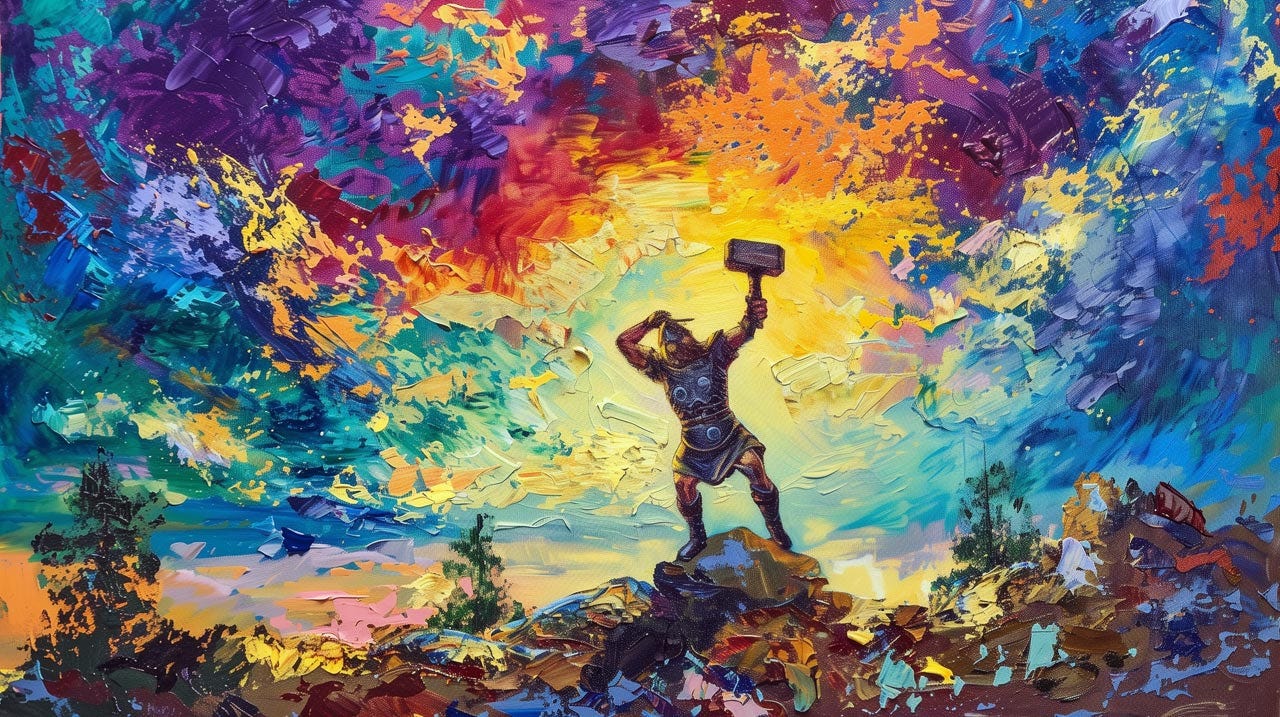
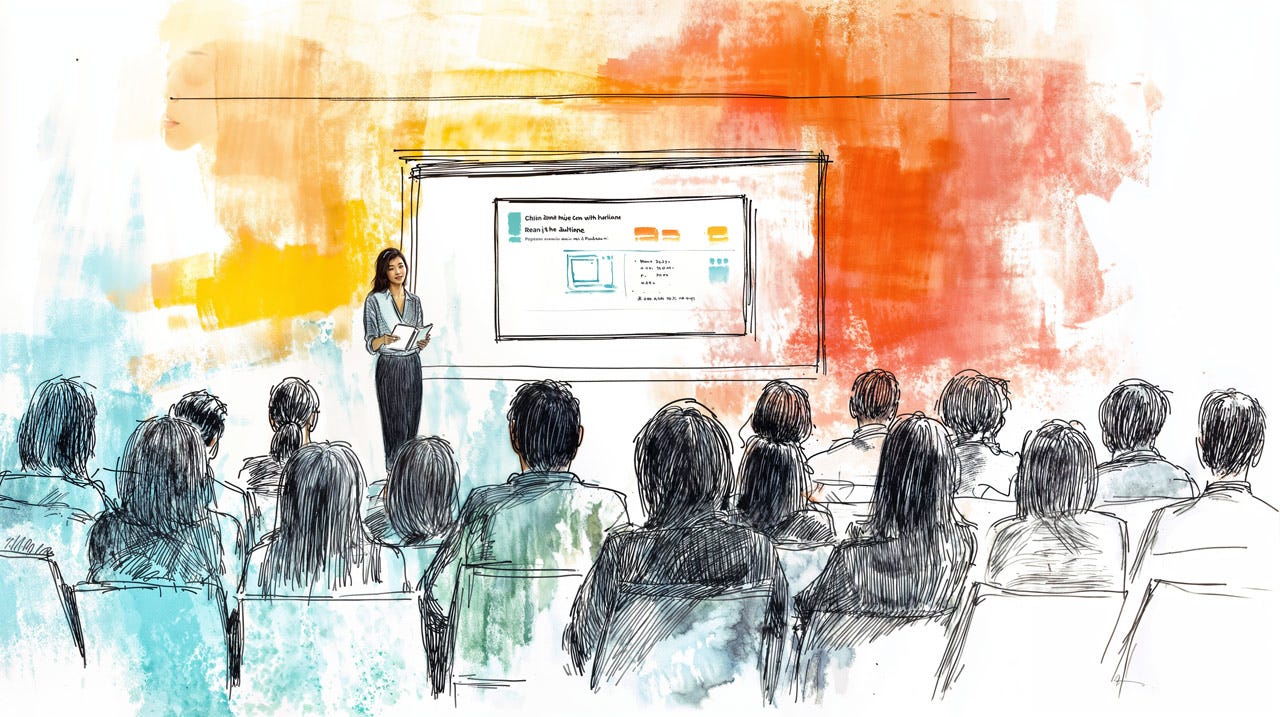
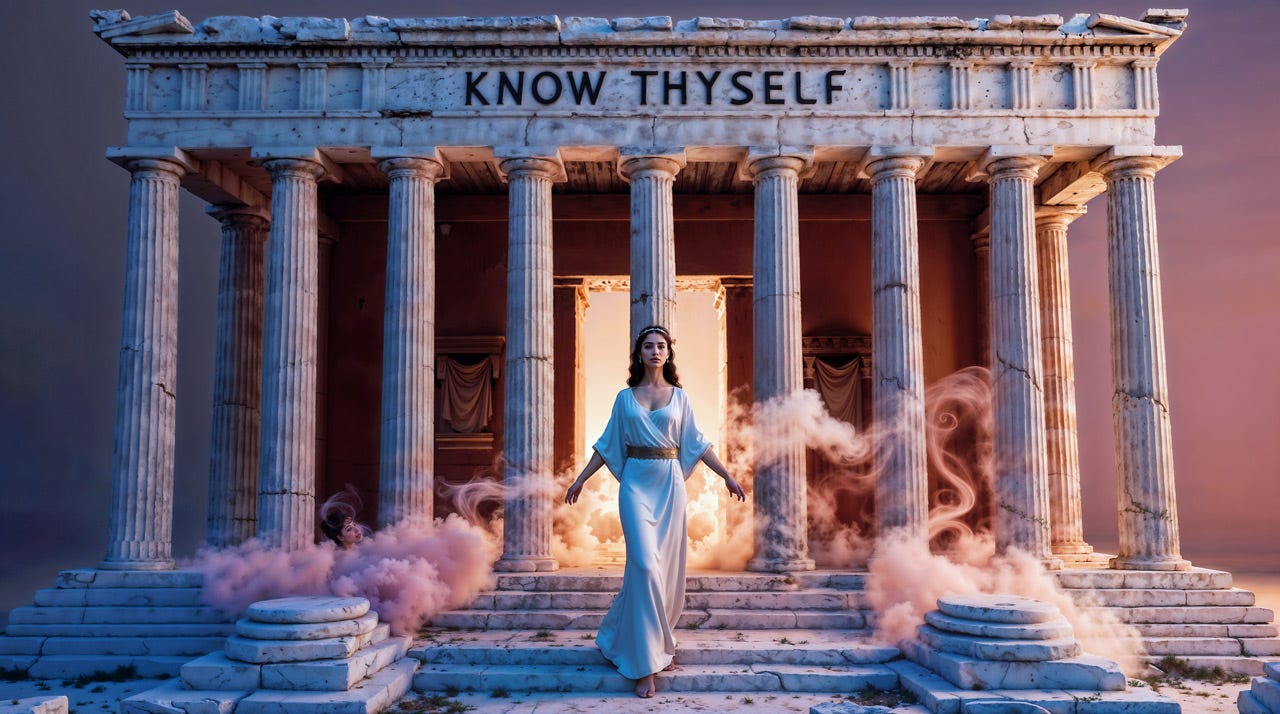


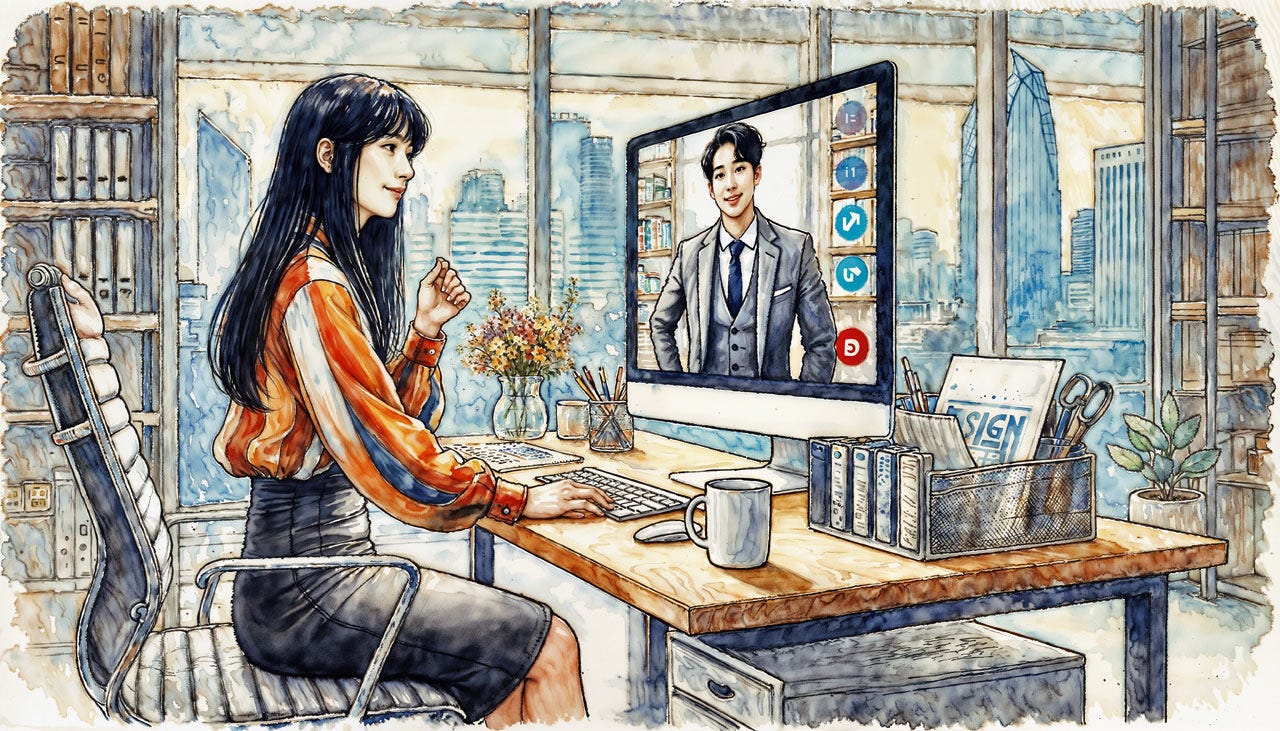




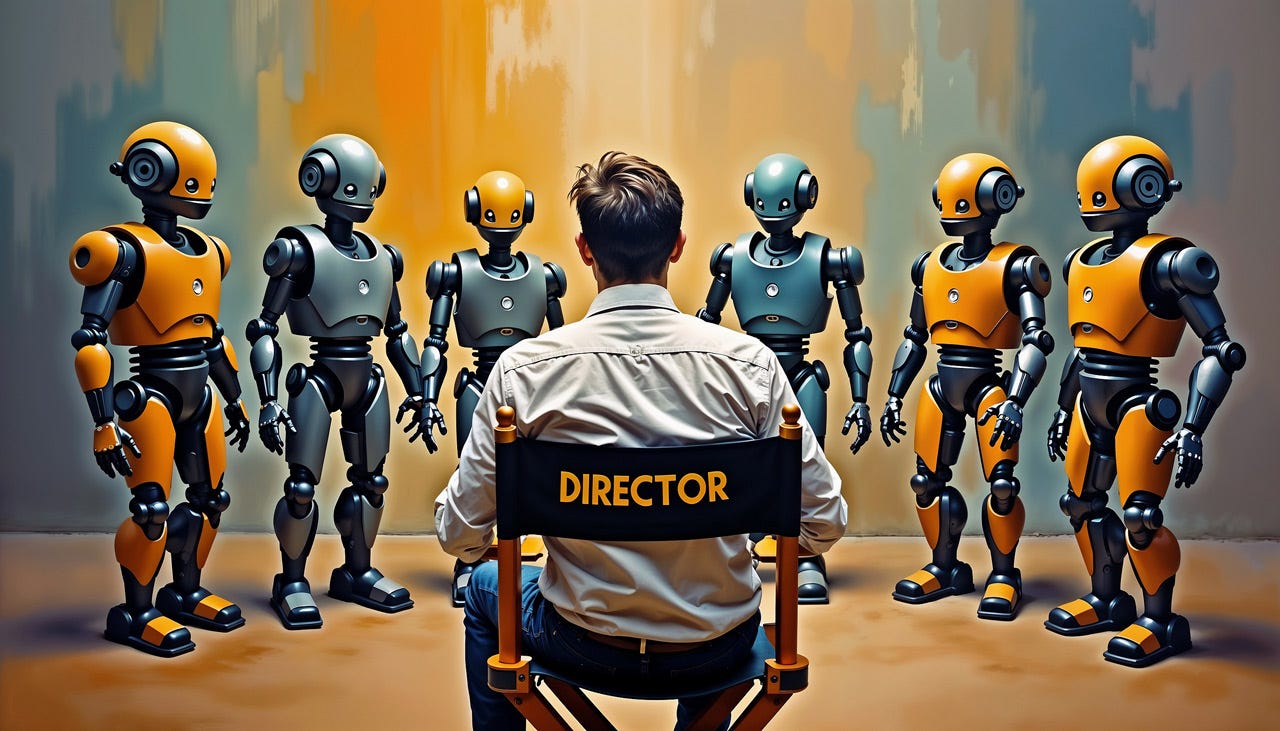

I’d always wondered about the brand name! Thanks for sharing the backstory